AO Edited
Gidan Rumfa (Emir's Palace)
Walk through history in a palace that has seen centuries of Muslim rulers.
Constructed in the 15th century, the Emir’s palace in Kano is the longest continued seat of power for a ruling authority in Sub-Saharan Africa. In the Hausa language, the palace is known as Gidan Rumfa after the Sultan Muhammad Rumfa, under whom the palace was constructed, or Gidan Sarki, which translates as “Emir’s house.” The campus now spans 33 acres; It is a centerpiece of Kano city and is considered one of the best-preserved examples of traditional Hausa architecture in Nigeria.
In traditional Hausa architecture, compound family homes are thought of as a microcosm of a city or town, complete with walls, an entrance gate, and multiple living spaces designed around an open courtyard. Elaborately carved pinnacles outside the home, called Zankwaye, historically signify prestige and social status. Although parts of the palace were rebuilt in the early 19th century when the Sokoto caliphate defeated the Hausa kingdom in war, there are still original Zankwaye on display more than 500 years after Gidan Rumfa’s original construction. Today, its living quarters are home to the current Emir Aminu Ado Bayero II, and the full compound contains several schools, living spaces, offices, gardens, and mosques.
Visitors are best served when aligning their trips to Gidan Rumfa with Kano’s famed Durbar festival, a four-day celebration held after Eid al-Fitr at the close of Ramadan and Eid al-Adha, at the end of the annual Hajj pilgrimage. The festival has contested origins, combining the importance of a pre-colonial horsemanship culture with a spectacle contrived by the British colonial governors meant to reinforce feelings of loyalty and patriotism with the indirect rule perpetuated by imperialism.
The equine focus of the festivities dates back to the 14th century, with each day celebrated with an elaborate horse ride to different quarters of the city by the Emir and his entourage. The second day of the Durbar festivities features the Jahi, a break-neck cavalry salute to the Emir by his horsemen in a scene that draws thousands of spectators due to its dramatic charging of horses. The Jahi takes place outside the gates of the Gidan Rumfa, and can be traced back to the Sultan Muhammad Rumfa.
Know Before You Go
Visiting Gidan Rumfa during Ramadan isn’t recommended unless you will be participating in prayer, as regular visiting hours are restricted due to religious gatherings. The palace is open to visitors from 8 a.m. to 4 p.m. on weekdays. A pass from the Emirate council is required to enter the palace for a guided tour and can be obtained ahead of time, but tourists are generally able to walk the grounds without formal permission from the council.
Women are recommended to wear a hijab or scarf covering their head and either a long skirt and sleeves or traditional kaftan. Men are recommended to wear long sleeves and pants or a traditional kaftan. There are sections of the Gidan Rumfa that are gender-segregated, and some that do not permit women to enter.


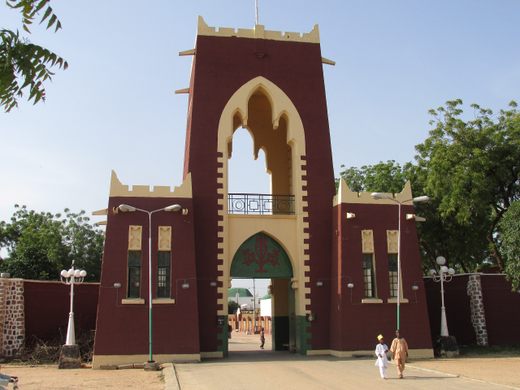



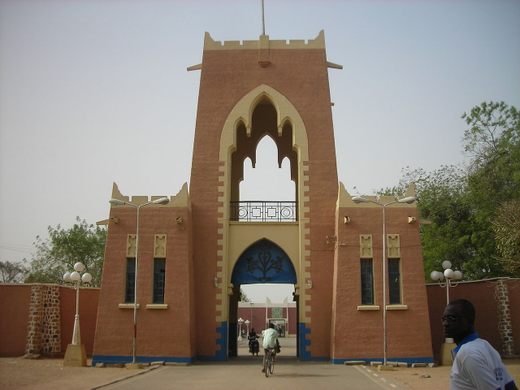



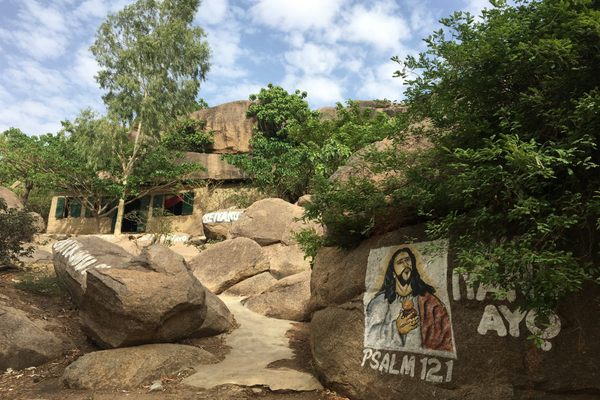


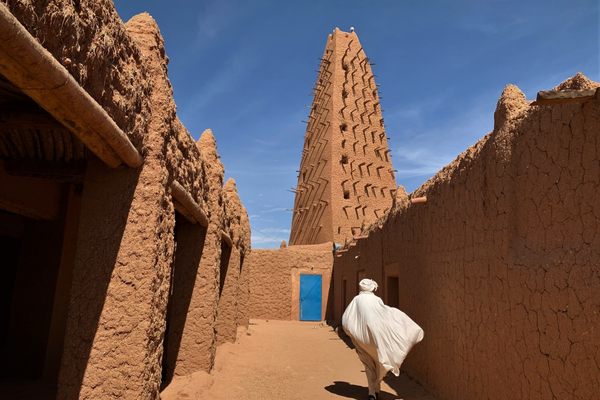
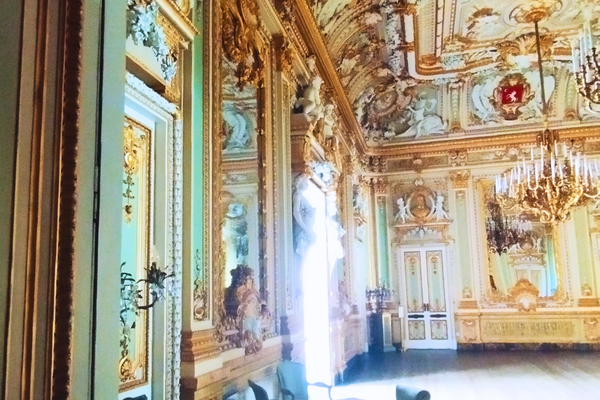
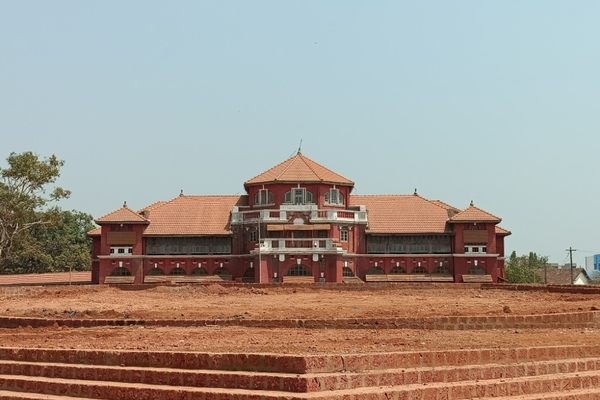
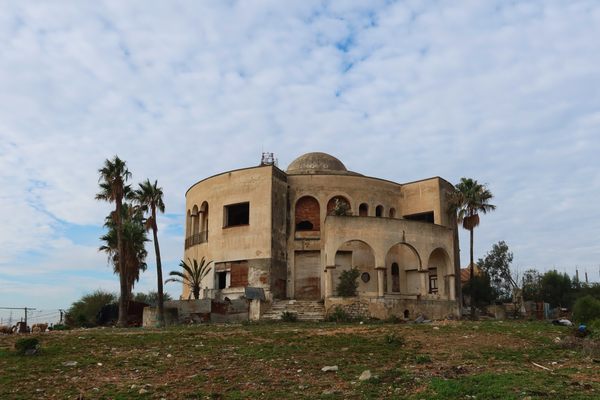
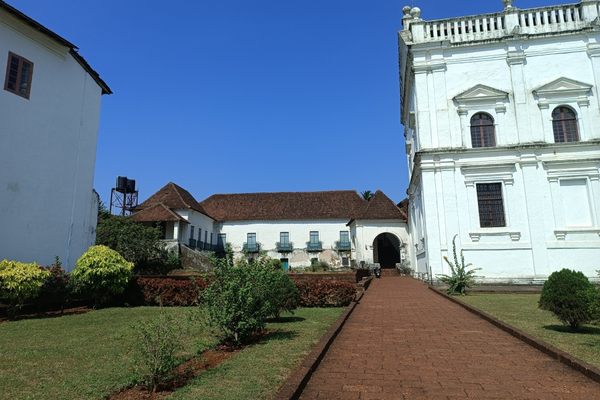


Follow us on Twitter to get the latest on the world's hidden wonders.
Like us on Facebook to get the latest on the world's hidden wonders.
Follow us on Twitter Like us on Facebook